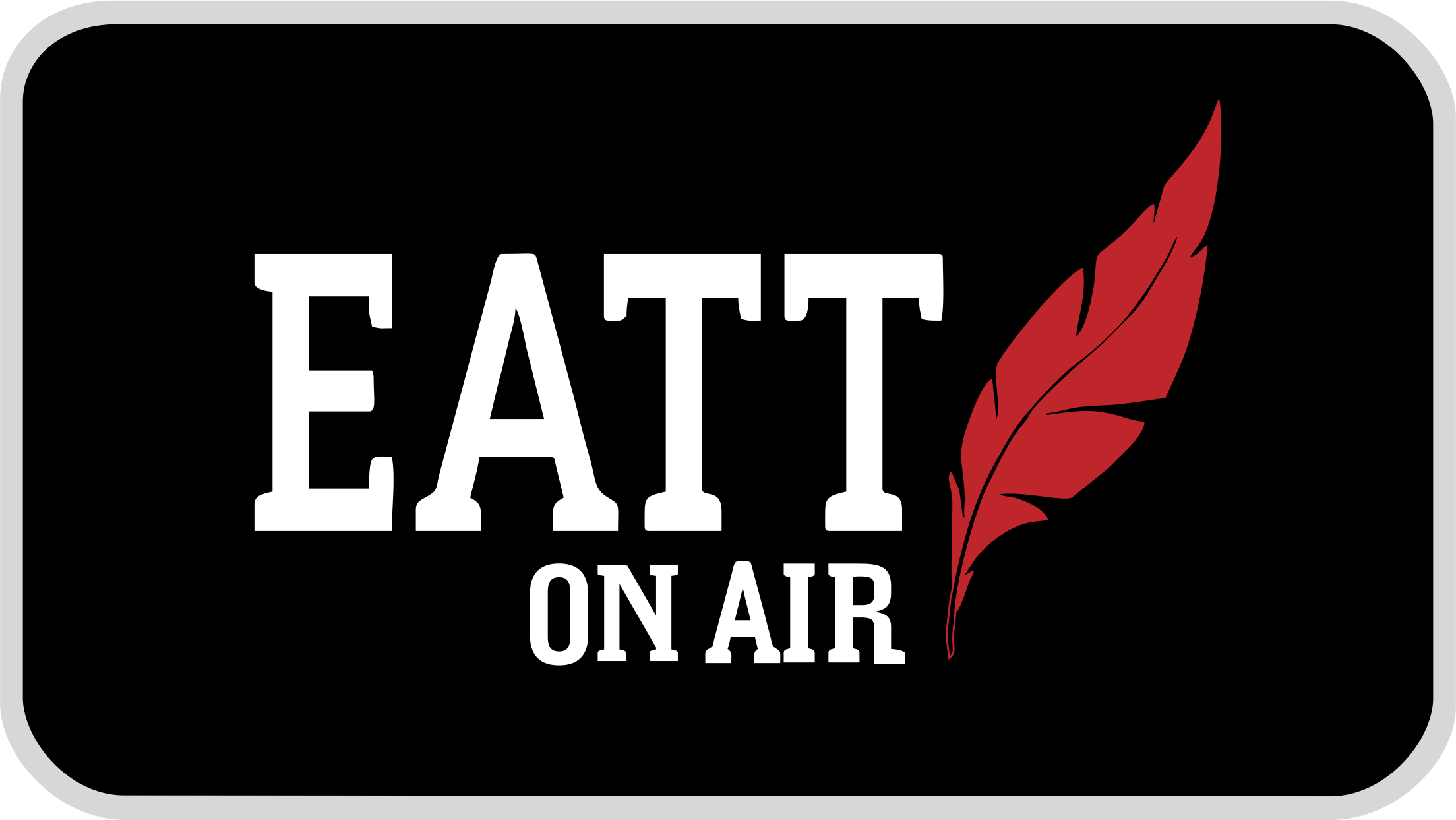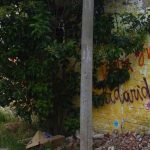Cullen Pope in the #mostliveablestartupcity talking trees and IoT
Podcast: Play in new window | Download
Subscribe: Apple Podcasts | RSS
Cullen Pope finds out more about The Internet of Things among the trees in that #mostliveablestartupcity Melbourne, Australia
When I first heard about the idea of emailing trees, I must admit, I did think it was a bit odd.
The whole idea of wanting to send another email for any reason whatsoever was undoubtedly a bit strange anyway. I spend a significant amount of my time thinking about how I won’t send another email and search through a range of tools that will prevent me from doing so. My number one tool at the moment is using the telephone, an ancient piece of technology traditionally used to convey ideas by voice.
However, at the time of writing this I’m sure its primary function is now to send and receive emails.
I also spend some of my time thinking about how I won’t look at another email, can’t read another email, will not draft another email, or even think about another email.
So the idea of emailing a tree or emailing anyone or anything voluntarily for any reason does seem quite strange.
Then again, perhaps I could send a tree a small collection of my emails, ones that I’ve never sent, ones that I’ve dreamt of writing, the kind of emails you only think about in your wildest dreams. Or perhaps I could just send one email, one email to rule them all, that summed it all up. Somehow I could email the tree the last email.
However, on reflection, I realise that the ultimate email wasn’t about me or what I thought about anything, it was all about the trees.
Suddenly, I’m thinking very, very deeply.
What did I want to say in appreciation to any particular tree or trees within our magnificent city, and I’m speechless.
But then I thought, I do know some of those trees so I could email them, I have met them before.

When I used to smoke, I’m sure I inhaled my cigars underneath them at some point. I certainly know of at least one tree I have cried under. Then there is a whole collection of trees I like to walk under in the autumn.
There is another group of trees I like to wiz under on my bike, but what are my favorite trees I began to wonder.
My favourite trees I like the most are the ones I run to when running away from my computer.
Sometimes I run to the gym, but it’s painfully obvious that that doesn’t happen too frequently more often than not I run into the trees.
I walk through them, or I sit under them with my scrapbook, and my coloured felts. Scribbling my latest ideas on automation, the potential of podcasting, processes and the many possible pathways taken by artists and entrepreneurs.
Trees are a defining part of Melbourne.
We live in the world’s most liveable city, and our parks, gardens, green spaces and tree-lined streets contribute enormously to this status. Melbourne’s urban forest is facing two significant future challenges: climate extremes and urban growth.

One of the things I loved recently, was when I ran into the trees after a massive storm here in Melbourne.
I noticed the banks of the river, and I could see how much rain we had recently; the rising water had flooded the river, and suddenly risen over the banks reaching the trees further up.
How refreshing that must have been for those trees to get all that dust washed from the leaves. Dead limbs blown away in the ferocity of the wind and the roots washed by the warm water of the summer storm.
Then there are the trees that I like just to watch and see the wind gently blowing through the branches and leaves for some reason.
I have always enjoyed that, and I have always found it to be relaxing. I’m not even sure why.
Perhaps it’s because I’m not looking at the computer screen, or I am outside not connected to a device; I’m not plugged-in. I’m not sending, not receiving, not producing, consuming, posting or creating.
I’m not even having timeout,
I’m just hanging out,
Just enjoying my time with the trees,
I am suddenly just being as the tree is, just being.
The first time I ever heard of anybody emailing trees was in a meet up put together by Charlie Woolford for MUDM on urban design, and I must confess I didn’t know what I was walking into.
It just looked like fun, and it involved landscaping, and so you can now tell that I never entirely read the full details of some emails.
So, I signed up and arrived late as usual
To the meetup, be greeted by a room filled with smiling and enthusiastic faces and the remaining pizza and a cold beer at the Collective Campus.
Yvonne Lynch was presenting a part of the City of Melbourne’s urban forestry strategy document, which aims to make a great city greener. While giving it a solid sustainable foundation for the future communities of Melbourne. Yvonne was also joined by Urban Forester Tania MacLeod and Consulting Arborist Matt Sauvarin.

The 66-page document gives a fantastic outline of the principles and strategies including case studies along with some of the issues and challenges that arise in the urban forest.
Heat islands are just one of the challenges to contend with, and other principal strategies include,
- Reducing the urban heat island effect
- Creating healthy ecosystems
- Positioning Melbourne as a leader open urban forestry
The Mayor said recently, “we often think of the tree’s as the lungs of our city, but they ought also in some ways are our heart and soul.”
Heat the big killer
With heat as the biggest natural killer in Australia on a hot day, the city can be up to seven degrees warmer than the surrounding countryside.
At this time the most recent reports are that Australian heat waves are becoming hotter and longer, they are occurring more often and starting earlier in the season. The effects of this are compounded in the city and have led to a compelling and urgent need to cool the city and to protect vulnerable populations.
Part of the Urban Forest Strategy program’s goals includes cooling the city by 4°C using green infrastructure to mitigate the predicted future increases in hot weather and the Urban Heat Island effect. Reducing the landscape’s vulnerability to drought by increasing the city’s stormwater harvesting capacity.
Other goals also include providing a visualization of the life expectancy of the city’s trees. This allows for tree populations in decline to be identified and for long-term responses to be developed.

Lifecycle of trees around the city by Urban Forest Visual

The interactive website allows people to learn about our urban forest and join the conversation about how the city manages its trees. Councillor Arron Wood recently stated, “An unintended but positive consequence was that instead of reporting problems with trees, people began writing letters about how much they love individual trees in the city.”
Interesting facts include damage to older trees can occur for example if a truck reversing into a tree causes branches to break.

The emails now show Melburnians know and understand the importance of the trees in reducing heat in the city. For example, one email came in from workers who watered a tree outside the State Library so that the tree survived the drought.
The email service began in May 2013, and the Urban Forest team receives several emails a week about the individual health of trees within the city, and there is no cost for the email initiative.
Councillor Arron Wood also said “While there are other cities that map their tree populations, as far as we are aware we are the only city to provide a visualization of the life expectancy of our trees. This allows for tree population decline to be identified and for long-term responses to be developed.”

The Urban Forest Visualisation
Was a response to a series of community engagement where several people had asked for the council to share their forest maps. The team felt that an online interactive map which visualised the data in a creative and interesting manner was an ideal way in which to share the data with the public.
In case you’re wondering what kind of email I plan to send the tree or the trees in the City of Melbourne, there is no need you have just read it, this article is the email I am sending, then again you could write your own by visiting the website above.
Cullen Pope
Editor
EATT Magazine Travel Podcast
EATT Magazine Travel
Cullen Pope in the #mostliveablestartupcity on talking to the trees in Melbourne and The Internet of Things supports #mostliveablestartupcity
Thank you for joining us on our journey through Melbourne and you are welcome to join us in The travel podcast around Bruny Island where we arrive in Tasmania looking for whisky and wine.
EATT Well, travel often
Cullen




